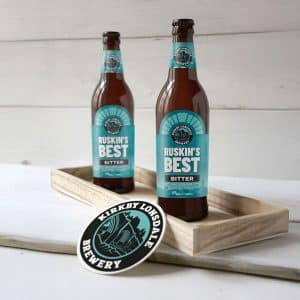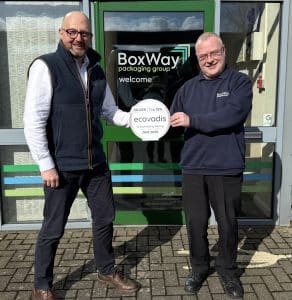“How do I seal around a pipe where it passes through a wall or ceiling panel?”

What may seem a simple problem has, for many years, been the source of aggravation and repeated maintenance costs. One engineer set out to solve this problem.
Whilst refitting wall and ceiling panels within a Fonterra cheese factory, the engineer’s major concern was to avoid the ultimate cause of the panel’s corrosion – the pipe penetrations. After wide research of alternative products to those traditionally associated with stainless steel pipe, he was unable to source what he needed from within the dairy or food industries.
A Kiwi manufacturer of flashing products took up the challenge, researched the product’s requirements, spoke potential fitters and specifiers of the product to understand their requirements and undertook testing to establish the final specifications for the ‘Pipetite’. Areas of particular concern were the traditional use of silicon to seal products to panels and the chemical resistance required to withstand harsh cleaning solutions. The new product needed the ability to allow for significant movement of the pipe, installation needed to be simple, the product needed to accommodate a large number of different pipe diameters and it needed to have superior long term performance while remaining cost competitive.
The manufacturer began the design process by creating CAD models of the product. The designs incorporated unique features specifically created for the product’s application. Self-sealing ‘lip seals’ were incorporated into the base of the product, which provided permanent flexibility and removed the need to ‘pack’ the product off the wall to allow for movement. These also replaced the need for silicon or other sealants commonly used. The contact area of the product with the pipe was designed to be easily adapted to various pipe diameters and to provide a reliable long-term seal. The ‘neck’ or ‘pipe contact band’ allowed the pipe to move significantly without any damage occurring to the product or failure to the seal between the wall and the pipe. A range of products was designed to allow for pipes between 3mm (1/8”) and 150mm (6”).
This range was established with areas of sizing ‘cross-over’ to accommodate different base geometry requirements (sometimes the hole around the pipe is large and at other times the pipe may be located very close to another pipe). Pre-drilled holes were also incorporated making installation simple, easy and fast. Manufacturing the product from materials proven to withstand the harsh chemical and environmental conditions insured the quality and life of the product. Dies and sample products were produced for the engineer and his fitters to trial.
The results? Some very happy customers.
For further information contact sales@industrialtradingsolutions.com or go to their website www.industrialgtradingsolutions.com





